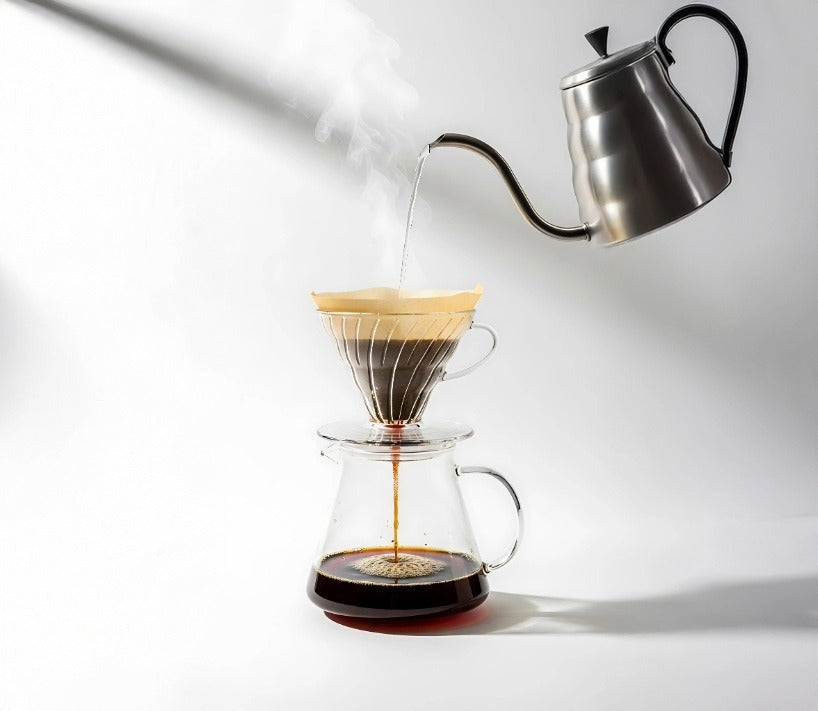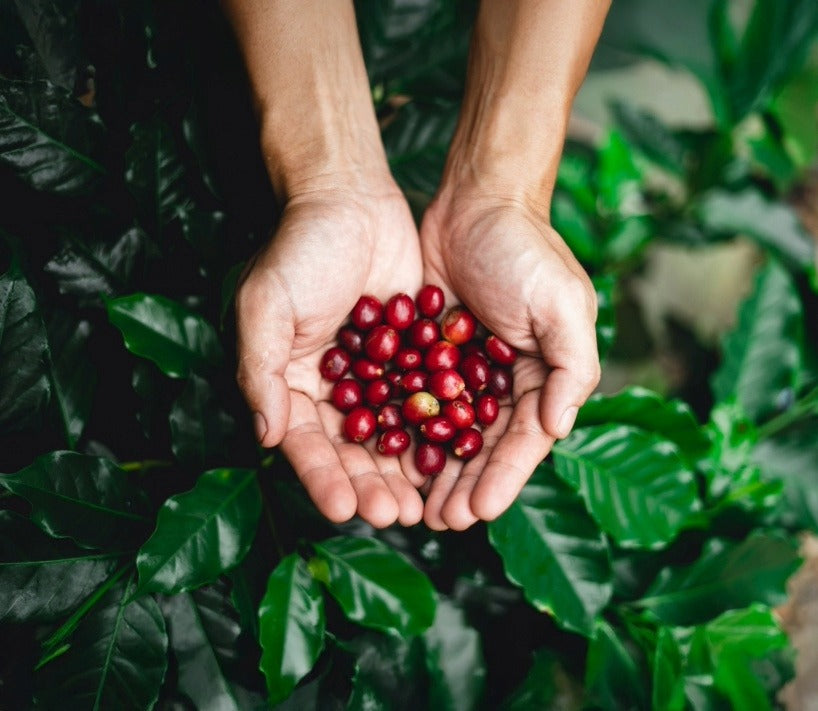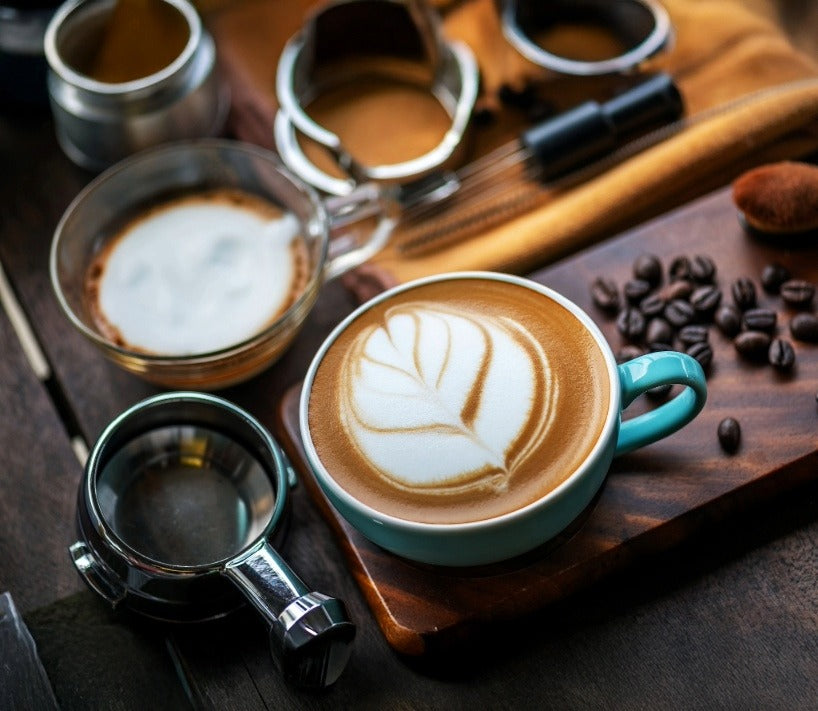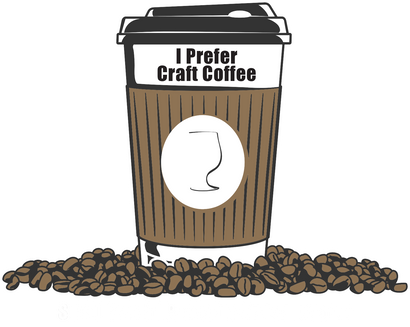Best Specialty Coffee Roaster Online: I am an Expert Roaster, Not a Barista.
September 04, 2025 4 min read
Best Specialty Coffee Roaster Online, I am an Expert Roaster, Not a Barista.
My kitchen used to make coffee that tasted like burnt toast. Then I learned what actually matters — and turned my mornings into café-level moments. best specialty coffee roaster online, I am an expert roaster, not a barista. That’s the honest line I lead with because I roast to bring out the best in beans, then teach you the simple steps to brew them so your cup tastes like someone cared.
If you want the easiest, most repeatable path to excellent home coffee — without confusing gadget shopping or barista school — keep reading. I’ll show gear that works, exact ratios, a short recipe you can follow, and how to order coffee online so beans arrive tasting like they were roasted yesterday.
Proof & Education (What actually works)
Why focusing on the coffee beans matters so much
Being an expert roaster means I control roast date, development, and what the bean becomes. That matters more than fancy tamping or latte art because flavor starts with green coffee quality + roast + freshness. As your roaster, I roast for clarity, sweetness, and consistency — then give you a simple brewing playbook so you can get café-level cups without fuss.
Equipment (Brewers compared — choose one and master it)
Pick one brewer and learn it. Here’s what I recommend:
-
Pour-over (V60 / Kalita) — bright, clean cups. Great if you like clarity and tasting notes.
-
AeroPress — fast, forgiving, excellent for travel and slightly bolder cups.
-
Automatic drip (quality machine + glass carafe) — convenient, consistent for households.
-
Espresso machine / Fellow Aiden — concentrated, complex, best for espresso lovers and milk drinks.
Grind & dosing — exact numbers you can use
-
Whole bean rule: buy whole, grind just before brewing.
-
Dosing (by weight): 16 g coffee : 240 g water (standard) — that’s a 1:15 ratio.
-
For stronger cups: 18 g : 240 g (1:13.3).
-
For lighter cups: 14 g : 240 g (1:17).
-
-
Grind settings:
-
Pour-over: medium-fine (like granulated sugar)
-
AeroPress: medium (slightly finer than pour-over)
-
Drip: medium (table salt-ish)
-
Espresso / Fellow Aiden: fine (powdery, but not flour)
-
Water temp & quality
-
Temperature: 195–205°F (90–96°C). If you don’t have a thermometer, boil and wait 30–45 seconds.
-
Water quality: use filtered water. Hard or heavily chlorinated water hides flavor.
Brewing steps — short, repeatable recipe (Pour-over baseline)
-
Weigh 16 g coffee and 240 g water.
-
Grind to medium-fine.
-
Bloom: wet grounds with 32 g water for 30–45 seconds.
-
Pour: add remaining water in slow circles until 240 g total. Total brew time ≈ 2:30–3:00.
-
Enjoy immediately.
(AeroPress and drip recipes are similar — adjust grind/time.
Troubleshooting (simple fixes)
-
Too sour / under-extracted: grind finer or brew longer, increase dose.
-
Bitter / over-extracted: grind coarser, shorten brew time, lower temp slightly.
-
Flat / watery: increase dose or use fresher beans (see freshness section).
Comparison Table — Brewers at a glance
| Brewer | Recommended for | Time to cup | Grind setting | Resulting flavor profile | Skill level / cost |
|---|---|---|---|---|---|
| Pour-over (V60/Kalita) | Tasting clarity, single-origin notes | 2.5–3 min | Medium-fine | Clean, bright, nuanced | Medium skill / low cost |
| AeroPress | Fast, versatile, travel | 1.5–2 min | Medium | Full, slightly syrupy | Low skill / low cost |
| Automatic drip (good brewer) | Convenience, daily household cups | 4–6 min | Medium | Balanced, consistent | Low skill / medium cost |
| Espresso machine / Fellow Aiden | Milk drinks, concentrated shots | <2 min per shot | Fine | Intense, creamy, complex | High skill / high cost |
Freshness & buying guidance (roast date > best-by date)
-
Roast date matters far more than a printed "best-by." Beans taste their best 2–21 days after roast for most methods (espresso a few days later fine-tunes).
-
Order coffee online from roasters who print roast dates and ship fresh. That’s how you get the freshest craft coffee online and real flavor.
-
Single-origin vs blends: single-origin highlights terroir and tasting notes; blends are crafted for balance and consistency. Both are great — pick based on whether you want tasting clarity (single-origin) or a steadier, predictable cup (blend).
Want my personal picks? Check Shop our coffees or consider joining the Better Morning Coffee Club for curated freshness and small-batch releases.
Simple plan to win: 3 steps
-
Order fresh beans from a roaster that lists roast dates. (Yes — this matters.)
-
Pick one brewer from the comparison table and use the exact ratios above for two weeks.
-
Adjust only one variable at a time (grind, dose, or time) until it tastes right.
Do that, and you’ll reliably brew café-quality cups without overcomplication.
Best Coffee at Home FAQs
Q: What does "best specialty coffee roaster online, I am an expert roaster, not a barista." mean?
A: It means I focus on making the beans taste their best at roast and shipping them fresh — then I teach simple brewing so you can enjoy them at home.
Q: How soon should I use coffee after the roast date?
A: For most brewers, aim to drink beans between 2–21 days after roast for peak flavor.
Q: Can I get great coffee without an espresso machine?
A: Absolutely — Pour-over and AeroPress can deliver café-level flavor without the expense of an espresso setup.
Q: How should I order coffee online responsibly?
A: Buy whole beans, check roast dates, choose a small roaster who ships fresh, and opt for reasonable shipping (freshness beats free shipping if it takes days).
Q: Is air-roasted vs gas-roasted better?
A: They create different flavor profiles — air roasting often accentuates clarity and sweetness; gas roasting can develop richer caramelization depending on the roast. Flavor preference rules.
PS: If you want a no-guess approach to morning magic every single day, just send me an email. I am happy to chat about your personal coffee experience.
Also in Best Coffee To Buy Online Education

Biggest Mistake With Pourover Coffee: It's Your Beans
January 02, 2026 3 min read
Learn how to brew the best pourover coffee at home with the best tasting craft coffee online. Remember, the best coffee to drink at home starts with the freshest craft coffee online, not the bargain bin beans at your local supermarket.

Specialty Roast Coffee Beans Online: What’s the Deal, Really?
January 01, 2026 4 min read
You'll learn what specialty roast coffee beans online actually means, and why it translates to the best tasting craft coffee at home.

High-Score Coffee Beans Online: Why 85+ Points Actually Matter
December 31, 2025 3 min read
Learn why the best tasting craft coffee online is high-scoring specialty coffee that tastes better and how to choose the right beans online. Order coffee online from a roaster you trust.
